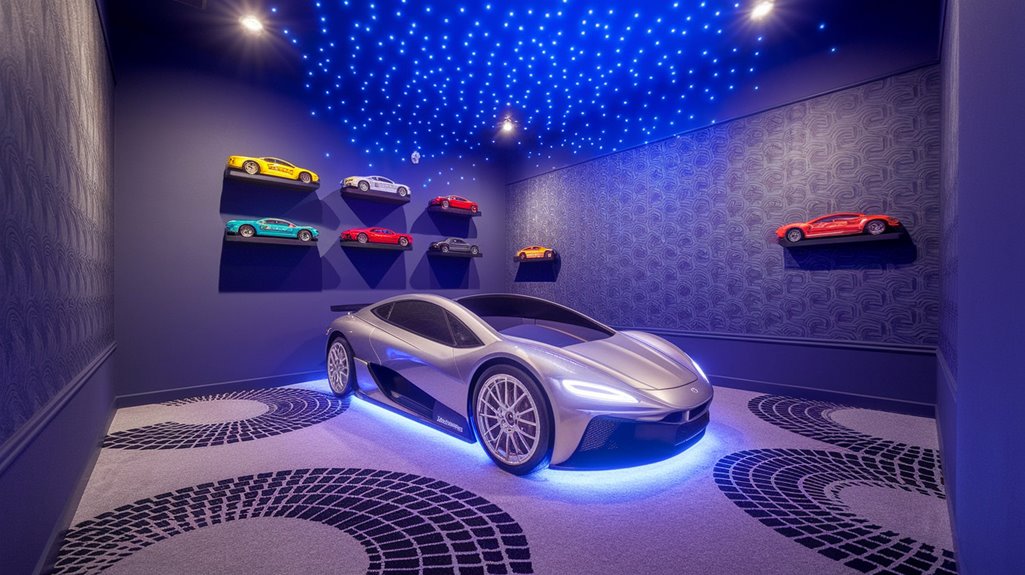When you first glimpse the Mercedes Vision EQXX gliding silently down a test track, you’ll understand why concept cars hold such power over our imagination.
These extraordinary vehicles aren’t just flights of fancy; they’re carefully crafted glimpses into tomorrow’s possibilities.
From their groundbreaking aerodynamics to their innovative use of sustainable materials, concept cars challenge conventional thinking and inspire young designers to push beyond what’s possible today.
The Golden Age of Concept Cars: Design Breakthroughs From the Past

While concept cars have always captured our imagination, the period spanning from the late 1950s through the 1960s marked an extraordinary era of automotive innovation and design breakthroughs.
You’ll find groundbreaking designs like the GM Firebird III, which borrowed its aesthetics from fighter aircraft, and the groundbreaking Ford Seattle-ite XXI with its six-wheeled configuration and computer navigation system.
These revolutionary vehicles were often unveiled at global motor shows to generate excitement and publicity.
The Chevrolet Monza GT’s mid-engine layout and the Lamborghini Marzal’s striking gull-wing doors showcased how designers weren’t just creating cars – they were crafting visions of tomorrow that continue to influence today’s automotive designs.
RELATED: How to Support Your Husband’s Dream of Designing Futuristic Cars!
Revolutionary Electric Dreams: Future-Forward Concept Vehicles
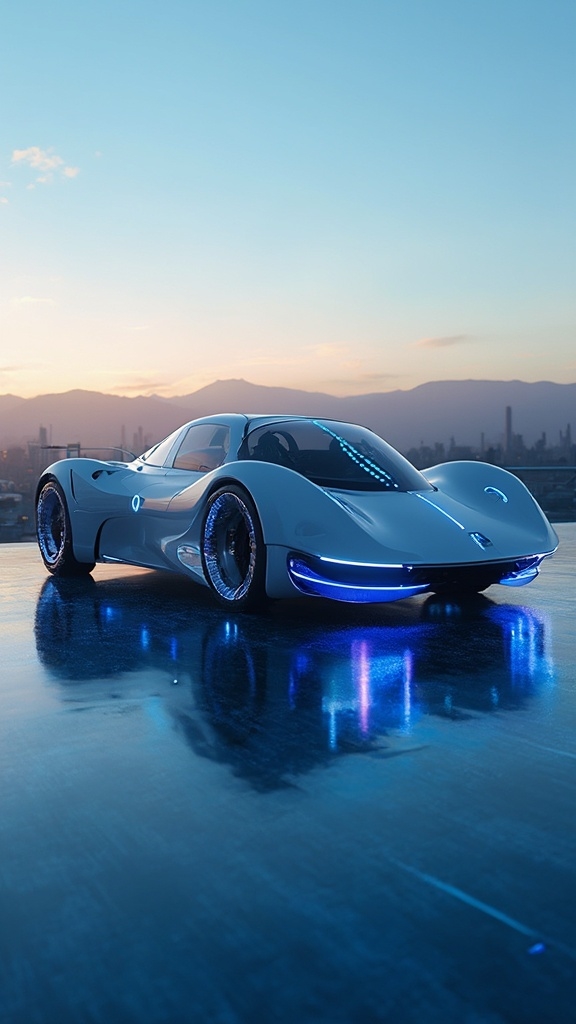
Today’s concept cars bear little resemblance to their mid-century predecessors, as groundbreaking electric powertrains have sparked a new era of automotive innovation.
You’ll find this transformative spirit in vehicles like the Porsche Mission X, which aims to dominate the Nürburgring, and the Mercedes Vision EQXX, whose 0.17Cd drag coefficient enables remarkable 600-mile ranges.
While some concepts, like the Volkswagen ID. BUZZ, have already reached production, others push boundaries in different ways.
The Citroën Oli’s cardboard components and Hyundai N Vision 74’s hydrogen-electric hybrid showcase how sustainability and performance can coexist in tomorrow’s vehicles.
RELATED: How to Create a Futuristic Car-Themed Bedroom for Your Son!
Groundbreaking Supercars That Never Made It to Production
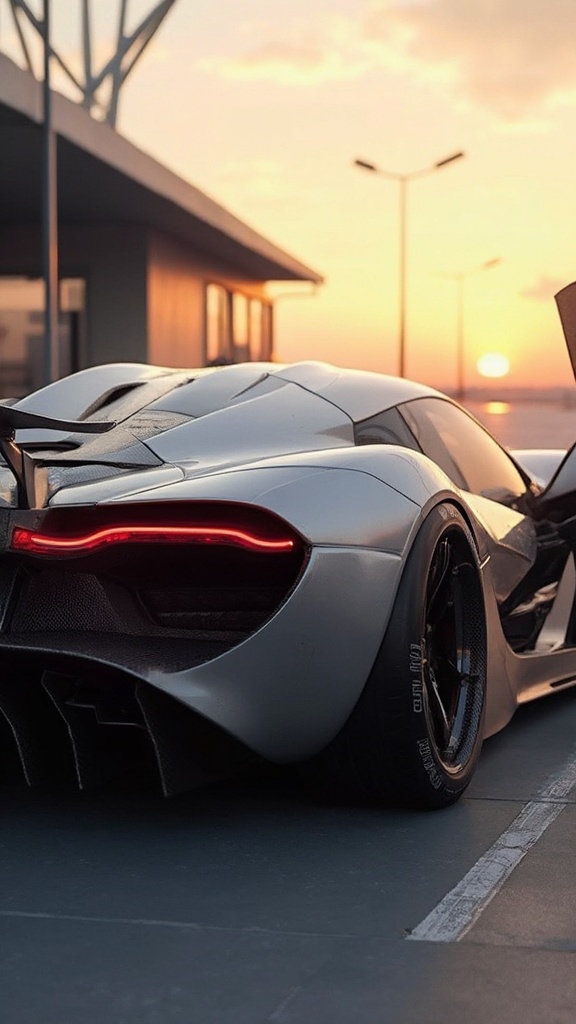
Throughout automotive history, some of the most extraordinary supercar concepts have captured enthusiasts’ imaginations only to remain tantalizingly out of reach.
You’ll find this particularly true with the Chrysler ME412, which packed an astonishing 850 horsepower from its quad-turbocharged V12, and the elegantly reimagined Lamborghini Miura Concept that honored its predecessor’s groundbreaking design.
The Cadillac Cien demonstrated remarkable engineering prowess with its 750 horsepower V12 engine, marking a bold statement for the brand’s centennial celebration.
The Jaguar XJ220 concept originally featured a 6.0-liter V12 configuration before production changes altered its destiny.
RELATED: Sleek Futuristic Car Designs That Look Like They’re From a Sci-Fi Movie!
Design Elements That Changed Automotive History

Design innovation has shaped automotive history far beyond concept cars, transforming the very essence of how we experience transportation.
You’ll find Art Deco’s influence in the sweeping lines of the 1937 Cord 812 and the iconic Bugatti Type 57SC Atlantic, while the Buick Y-Job introduced transformative features like electric windows and hidden headlights.
The marriage of form and function reached new heights with computer-aided design, enabling complex shapes that were once impossible to manufacture. Early automotive designs relied heavily on skilled coachbuilders who crafted unique, artistic vehicles for wealthy clients.
Today’s aerodynamic profiles and innovative materials trace their lineage to these groundbreaking design elements, proving that yesterday’s concepts become tomorrow’s standards.
Sustainable Luxury: The Evolution of Premium Concept Cars
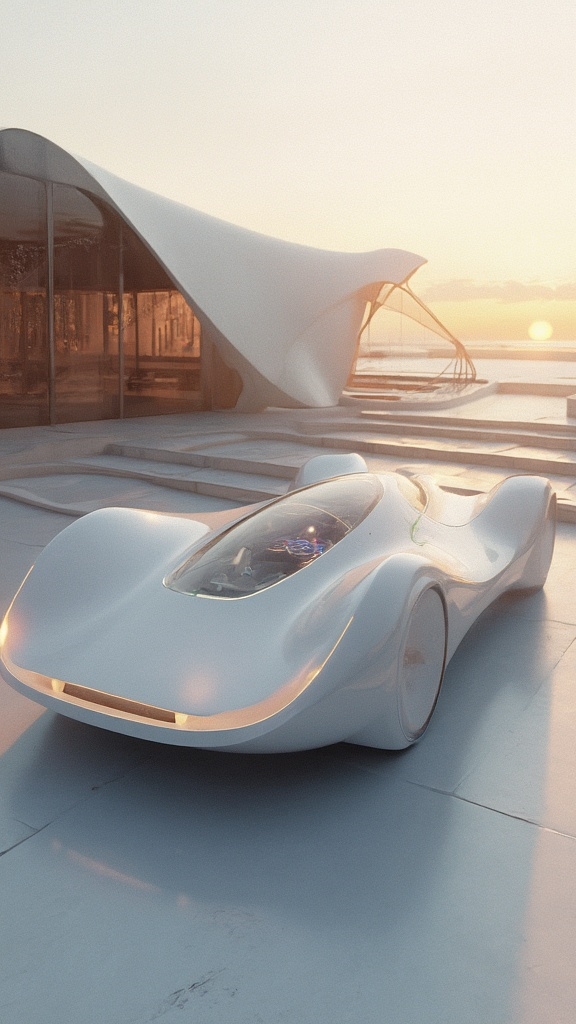
As premium automakers adopt environmental consciousness, sustainable luxury has emerged as a defining force in concept car development.
You’ll find groundbreaking innovations like Bentley’s EXP 100 GT using Copper Infused Riverwood and wine-derived leather alternatives, while Volvo’s Concept Recharge showcases Nordico materials from recycled plastics.
These sustainable elements don’t compromise luxury – they improve it. From rice husk paint to British Farmed Wool carpets, today’s concept cars prove that eco-friendly materials can create sumptuous interiors.
The future of premium vehicles seamlessly blends autonomous capabilities and electric powertrains with sustainable luxury, as demonstrated by pioneering concepts from Porsche, Mercedes, and Audi.
Technological Marvels That Shaped Modern Automobiles
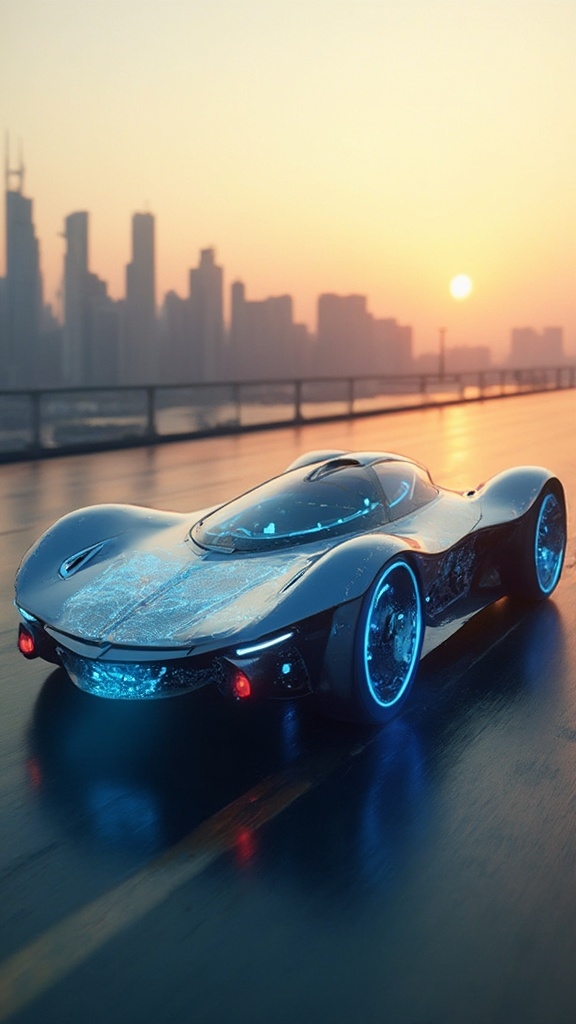
Modern automobiles represent a culmination of groundbreaking technological breakthroughs that have transformed how we drive, interact, and stay safe on the road.
You’ll find these innovations in features like intelligent all-wheel drive systems that instantly respond to changing road conditions and augmented reality windshields that project essential information directly into your field of view.
The integration of self-driving robots in manufacturing has revolutionized how vehicles are produced while maintaining unprecedented levels of precision and quality.
Advanced safety systems, including autonomous emergency braking and adaptive cruise control, work tirelessly to protect you, while connected car technology keeps you linked to real-time updates and nearby vehicles, creating a seamless driving experience that was once purely science fiction.
Iconic Concept Cars That Predicted Today’s Design Trends
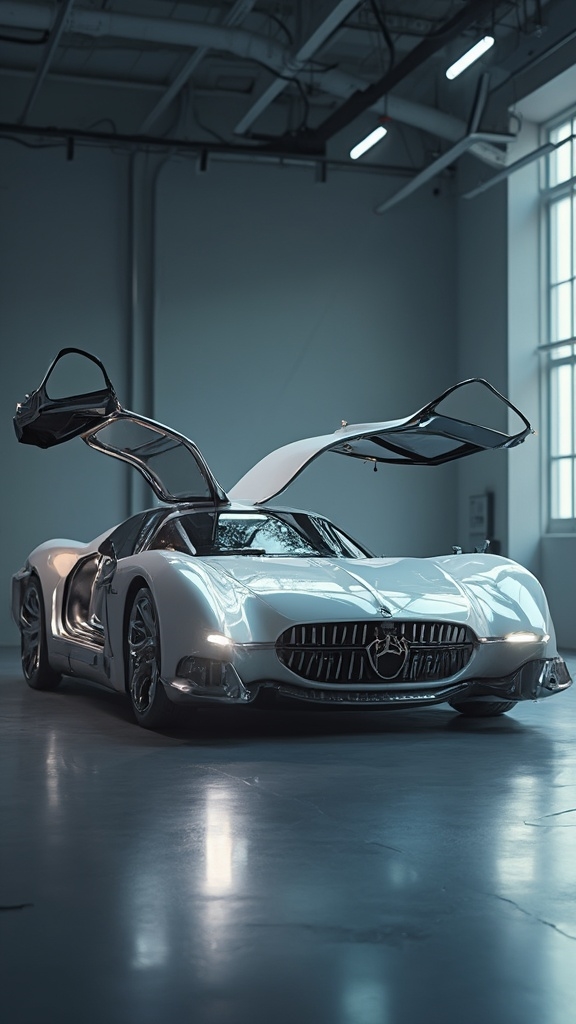
Transformative concept cars have consistently predicted major shifts in automotive design, serving as crystal balls that glimpse into the industry’s future.
You’ll see this influence in iconic models like the 1938 Buick Y-Job, which introduced flowing curves that defined an era, and the 1951 GM LeSabre that brought aircraft-inspired elements to road vehicles.
The Chevrolet Corvette C8’s revolutionary mid-engine layout can be traced back to the 1986 Corvette Indy concept.
Today’s aerodynamic shapes owe much to the pioneering Alfa Romeo BAT series, while modern electric vehicles echo design elements from forward-thinking concepts like the Audi Aicon and Lincoln Model L 100, which seamlessly blend autonomous technology with luxurious aesthetics.
Conclusion
As you gaze into the future of automotive design, you’ll find that concept cars are more than just artistic expressions on wheels – they’re the compass pointing toward tomorrow’s innovations.
Like seeds planted in fertile soil, these visionary vehicles nurture fresh ideas and inspire you to dream beyond conventional boundaries.
Whether it’s sustainable luxury or groundbreaking technology, these rolling sculptures continue to shape the way you’ll experience transportation for generations to come.



